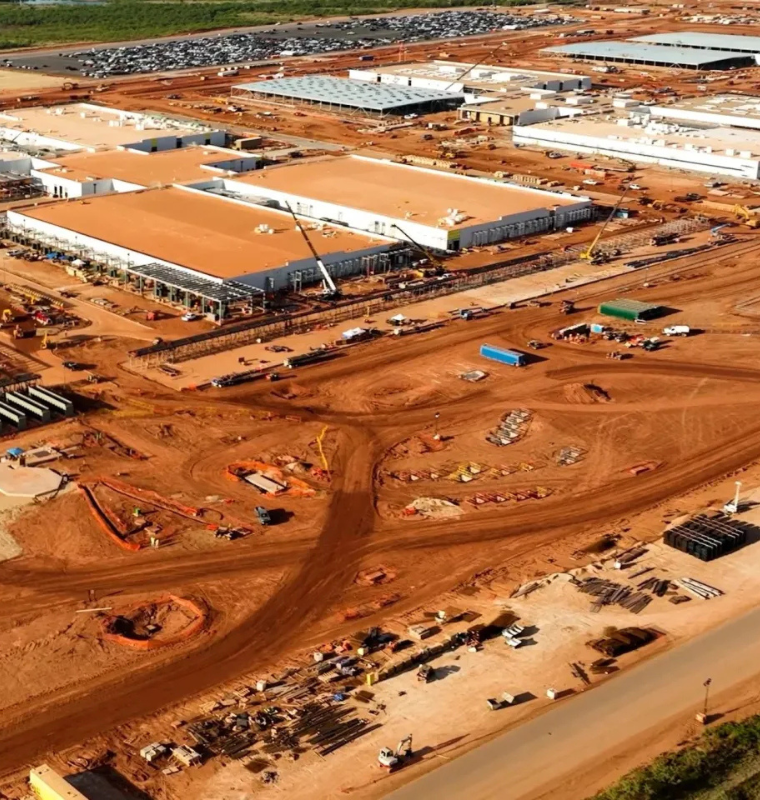Europe Rallies Defense Industry Support for Ambitious Eastern “Drone Wall”
Europe Rallies Defense Industry Support for Ambitious Eastern “Drone Wall”
By
Junia Wells
Last updated:
October 2, 2025
First Published:
October 2, 2025

Photo: The Epoch Times
Europe’s Push for a Drone Defense Network
European leaders are accelerating plans to create a “drone wall” along the eastern flank of the European Union, aimed at countering the rising number of suspected Russian drone and jet incursions. The initiative, discussed at a high-level summit in Copenhagen, has drawn strong support from the continent’s largest defense manufacturers, who see the project as both a strategic necessity and a major industry opportunity.
The proposal comes amid growing reports of unidentified drones entering EU and NATO airspace, with countries such as Poland, Estonia, Lithuania, Romania, Denmark, and Norway citing multiple incidents in recent weeks. These intrusions have led to air traffic disruptions and renewed fears about Europe’s vulnerability to both surveillance and potential attacks.
Industry Giants Signal Readiness
Swedish defense firm Saab was quick to voice support, stating it “would be happy” to contribute expertise and technology. “The drone threat is rapidly increasing in civilian as well as military contexts, and a collaborative European effort could effectively meet this challenge,” said Mattias Rådström, head of media relations at Saab.
BAE Systems, one of Britain’s leading defense contractors, emphasized its growing role in unmanned aerial systems and NATO air policing through the Eurofighter Typhoon. A company spokesperson confirmed, “We stand ready to further support the initiatives and requirements of NATO allies and partners.”
German arms manufacturer Rheinmetall also weighed in, stressing that drone defense requires a layered approach. The company argued that cannon-based systems are the most cost-effective and reliable means of neutralizing drones, especially against swarms and low-flying targets.
Political Momentum and Military Expertise
European Commission President Ursula von der Leyen added political weight to the initiative, stating that Europe “must heed the call of our Baltic friends and build a drone wall,” calling it the “bedrock of credible defense.”
The summit in Copenhagen attracted leaders from across Europe, alongside defense specialists. Denmark announced that multiple European nations had already contributed anti-drone equipment and expertise to strengthen its air defense. Ukraine, drawing on three years of frontline drone warfare experience against Russia, also shared valuable counter-drone tactics.
Beyond the “Drone Wall”: Complex Realities
While the term “drone wall” has captured headlines, experts caution that the initiative is far more complex than the name suggests. Jens Holzapfel, business director at Swedish defense company Nordic Air Defense, described the plan as “bold and ambitious” but warned against oversimplification.
“This will be a network of radars, sensors, and countermeasures that must be interoperable and deeply integrated,” Holzapfel explained. He also highlighted the risk of drones being launched not just from Russia but from within EU territory by non-state actors, pointing to Ukraine’s “Spiderweb” drone strike deep inside Russia as an example of how tactics could inspire adversaries.
Challenges Ahead: Funding, Bureaucracy, and Urgency
Despite enthusiasm, concerns remain over whether Europe can overcome its bureaucratic hurdles and political disagreements quickly enough. Disputes over funding, leadership, and which defense companies will be involved could delay progress.
Holzapfel expressed urgency: “It’s last minute to establish a drone wall, and I’m worried we will not be able to pull this off at the speed that is required.”
With Russia denying involvement in drone incursions and labeling accusations as “unfounded,” the EU faces a growing strategic challenge. Yet, for Europe’s defense industry, the push represents both a massive security responsibility and a lucrative opportunity to reshape the continent’s defensive capabilities.
Popular articles
Subscribe to unlock premium content
Why Consumers Buy Limited-Edition Fashion and Beauty Products

How K-Beauty Changed the Global Skincare Industry and Consumer Expectations

How Streetwear Became a Billion-Dollar Industry From Niche to Mainstream

Why Consumers Buy Limited-Edition Fashion and Beauty Products

How K-Beauty Changed the Global Skincare Industry and Consumer Expectations

Why Consumers Buy Limited-Edition Fashion and Beauty Products









